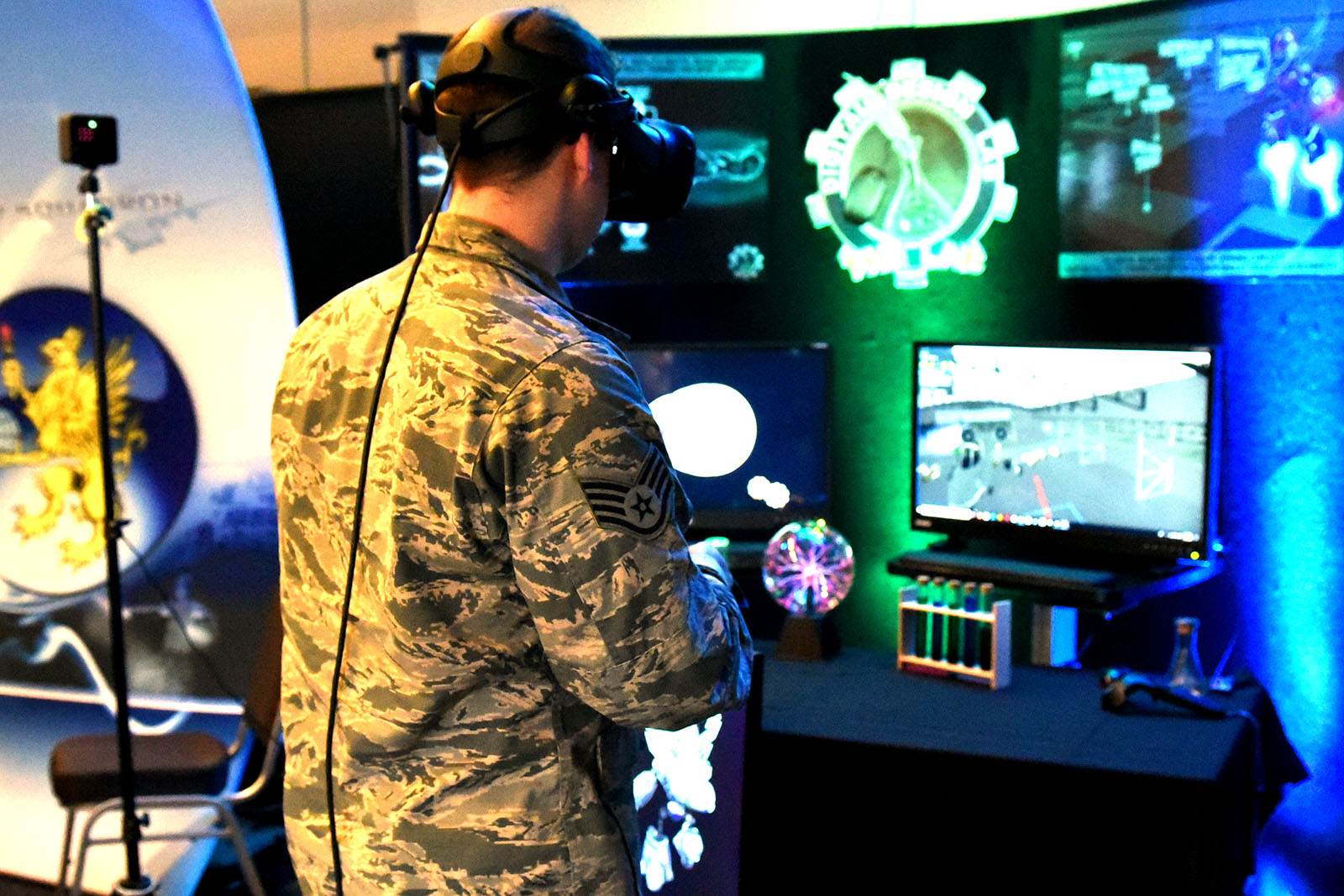
AR keeps expanding its boundaries and being applied to different fields but, why is training considered the ideal field for it?
Augmented Reality has experienced a fast growth is the last year and everyday it is easier to find a new industry that is applying it to its activity. For most people, their first contact with this technology comes in the form of a videogame or an app. Although the gaming industry is benefitting from the mix of the virtual and real world that AR provides, it is true that the potential applications of Augmented Reality go beyond this sector.
Some of the biggest tech companies in the world are aiming their efforts at the technology that is set to change the way we perceive and interact with the world, and the AR market is expected to overcome the Virtual Reality market in the upcoming years. By 2020, the Augmented Reality market is expected to hit $120 billion in revenue, while the Virtual Reality market is expected to hit $30 billion. This is an example of how fast the technological market evolves and how AR is exceeding the expectations created by VR in the early years of development.
Augmented Reality and Virtual Reality are sometimes taken as the same technology, but they are not. Here are some of the differences between AR & VR.
The fast development that AR is experiencing is taking it to different industries and fields, but the benefits and experiences it provides makes the educational sector the perfect fit for it. Augmented Reality is changing the role teachers play in the classroom, they need to use solutions that support their work, enhancing the learning process of their students.
Applying AR to their methodology provides more individualized learning and motivation to their students, among other advantages.

As an Edtech solution, Augmented Reality shows all its potential in vocational and professional training:
- It allows newcomers to train their skills without the risk involved in some activities, like welding.
- It gives the chance to mix the real world with “Augmented” elements, making the training more effective before the trainee is ready for the real work.
- It provides savings, making the trainees more skilled before the start the real work and reducing the general training expenses
- It can be applied to several fields and levels of learning
Augmented Reality is set to change our perception of the world, but it unleashes all its potential when it comes to training, you can take a look at how it is applied to welding training here.





Comments